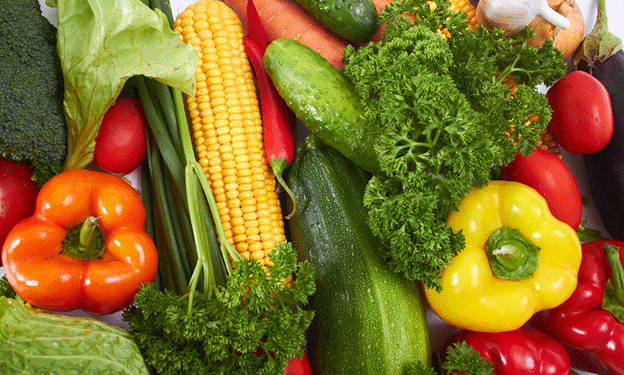The Rabi season marks an essential period for farmers, especially in northern states like Uttar Pradesh, Delhi, Haryana, and Uttarakhand. As temperatures gradually drop and fields transition from Kharif harvests, strategic crop choices and cultivation techniques become crucial. This season presents an excellent opportunity to maximize vegetable production by planting early pea varieties and other recommended crops.
Early Pea Varieties for High Yields
Farmers are advised to select high-quality, early pea varieties for optimal yield. These varieties are particularly suited to the cooler climate setting in as autumn progresses, and they typically mature within a short growing period. By sowing advanced seed varieties and treating seeds before planting, farmers can ensure healthier crops. On average, early pea varieties like Arkel and Azad P-1 are known to provide excellent yields, around 18 to 20 quintals per hectare, when cultivated under favorable conditions.
Additional Recommendations:
- Field Preparation: Before sowing, it is crucial to clean and prepare the fields by removing Kharif crop residues. Proper tilling and field conditioning help in better root penetration and nutrient uptake.
- Seed Treatment: Treating seeds before sowing is a proven method to protect young seedlings from soil-borne diseases and pests, enhancing overall crop vigor.
Ideal Crops for Different Regions
Uttar Pradesh and Delhi:
In regions like Uttar Pradesh, farmers are encouraged to plant fenugreek, coriander, and radishes. Early pea varieties also make a lucrative choice, while cabbage, cauliflower, broccoli, and tomato seedlings can be transplanted around Delhi for a robust vegetable season. With proper soil preparation and early planting, farmers can ensure a rich vegetable yield for local markets.
Haryana:
In Haryana, rice and maize harvesting should be completed promptly to prevent weather damage. Cotton picking should also begin to minimize losses. For new plantings, mustard, radish, spinach, and coriander are ideal. Eastern Haryana is particularly suited for coriander cultivation, while mustard can thrive across various soils if planted early.
Uttarakhand:
Farmers in the Bhabar and Tarai regions should expedite maize harvesting to prevent weather-related crop loss. Urd, moong, and soybean crops should also be harvested without delay. In terms of planting, mustard and leafy vegetables can be sown now, and this is the best time to sow wheat, green fodder (berseem), and barley. By prioritizing early and timely planting, farmers can enhance crop output and protect against early frost.
Government Recommendations and Support
The Indian Ministry of Agriculture has issued guidelines emphasizing the importance of choosing advanced seed varieties and preparing fields meticulously. In addition, various support initiatives are available, including seed subsidies and crop insurance, to help farmers manage risks associated with weather variability. Special emphasis has been placed on integrated pest management and proper irrigation practices to conserve resources and boost productivity.
Rabi season is a bustling period for farmers, requiring a careful balance between harvesting Kharif crops and planting winter varieties. By selecting early pea strains and following expert recommendations on soil preparation and seed treatment, farmers can maximize their yields and market returns. Additionally, planting leafy greens and root vegetables at the right time ensures a steady income throughout the season. Adopting modern practices and leveraging government support can make a significant difference in overcoming agricultural challenges.

































